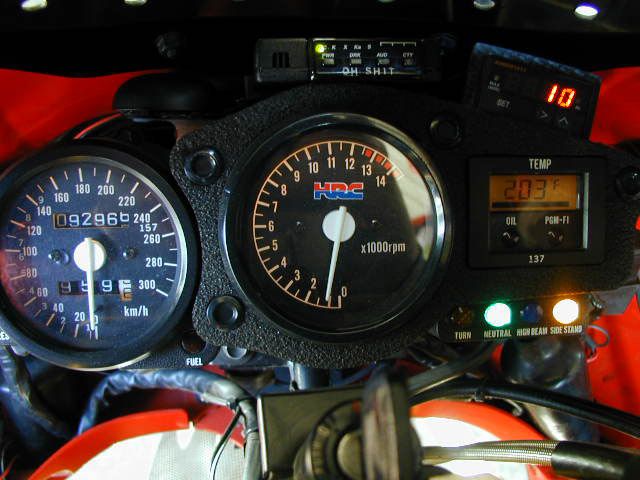Originally Posted By: BusyLittleShop
Originally Posted By: Clevy
Bls. Have you actually ridden the bike in question.
Certainly and the shifting did not degrade as miles were covered... Mercy Clev don't fear
the shear... sheared oil just means you're getting more flow and flow is lubrication not
pressure...
Quote 540 RAT Member SAE (Society of Automotive Engineers)
"Thinner oil also flows more at normal operating temperatures. And
oil FLOW is lubrication, but oil pressure is NOT lubrication. Oil
pressure is only a measurement of resistance to flow. Running thicker
oil just to up the oil pressure is the wrong thing to do, because that
only reduces oil flow/lubrication. Oil pressure in and of itself, is
NOT what we are after."
Quote Dr.Haas
"It is time to introduce the concept of lubrication. Most believe that
pressure = lubrication. This is false. Flow = lubrication. If pressure
was the thing that somehow lubricated your engine then we would all be
using 90 weight oil. Lubrication is used to separate moving parts, to
keep them from touching. There is a one to one relationship between
flow and separation. If you double the flow you will double the
separation pressure in a bearing. The pressure at the bearing entrance
is irrelevant."
"In fact the relationship between pressure and flow is in opposition.
If you change your oil to a thicker formula the pressure will go up.
It goes up because the resistance to flow is greater and in fact the
flow must go down in order for the pressure to go up. They are
inversely related. Conversely if you choose a thinner oil then the
pressure will go down. This can only occur if the flow has increased."
And quite frankly that's all stating the obvious to those that have a basic under standing of lubrication.
When one talks about maintaining a certain minimum OP what one is really referring to is back-pressure. And maintaining a certain minimum back-pressure is reference to maintaining a certain minimum oil operational viscosity. Oil flow is not that much greater with lighter oil vs thicker oil as long as the oil pump is not in by-pass.
In motorcycle designs that share the oil in the engine and gearbox, viscosity loss due to oil shear is a particular issue.
The gearbox tends to have a greater viscosity requirement than the engine. Since bikes are not equipped with oil temp' and oil pressure gauges there isn't any way to judge the actually operational viscosity of the oil other than knowing it's original grade and perhaps PDS spec's.
But as Clevy pointed out an experienced rider can judge based on shift quality alone if an oil is too thin or getting too thin in service.



